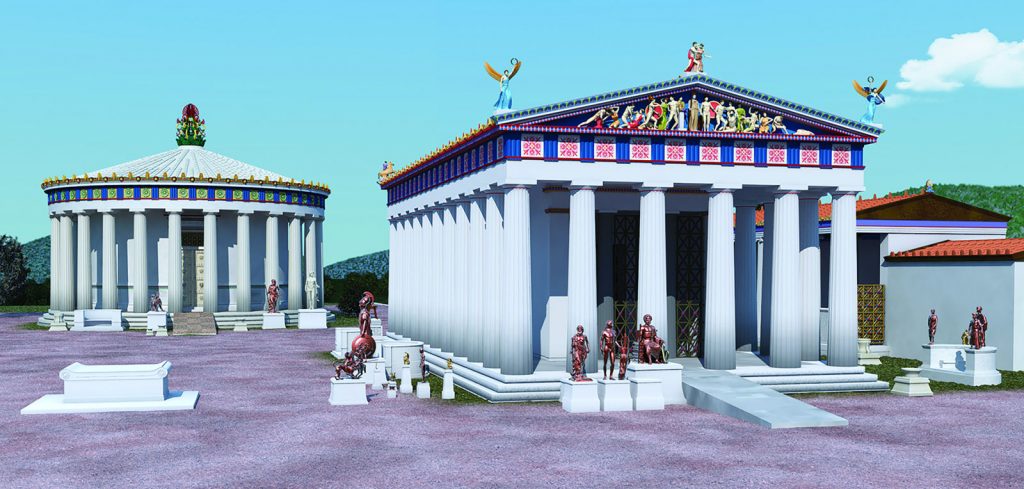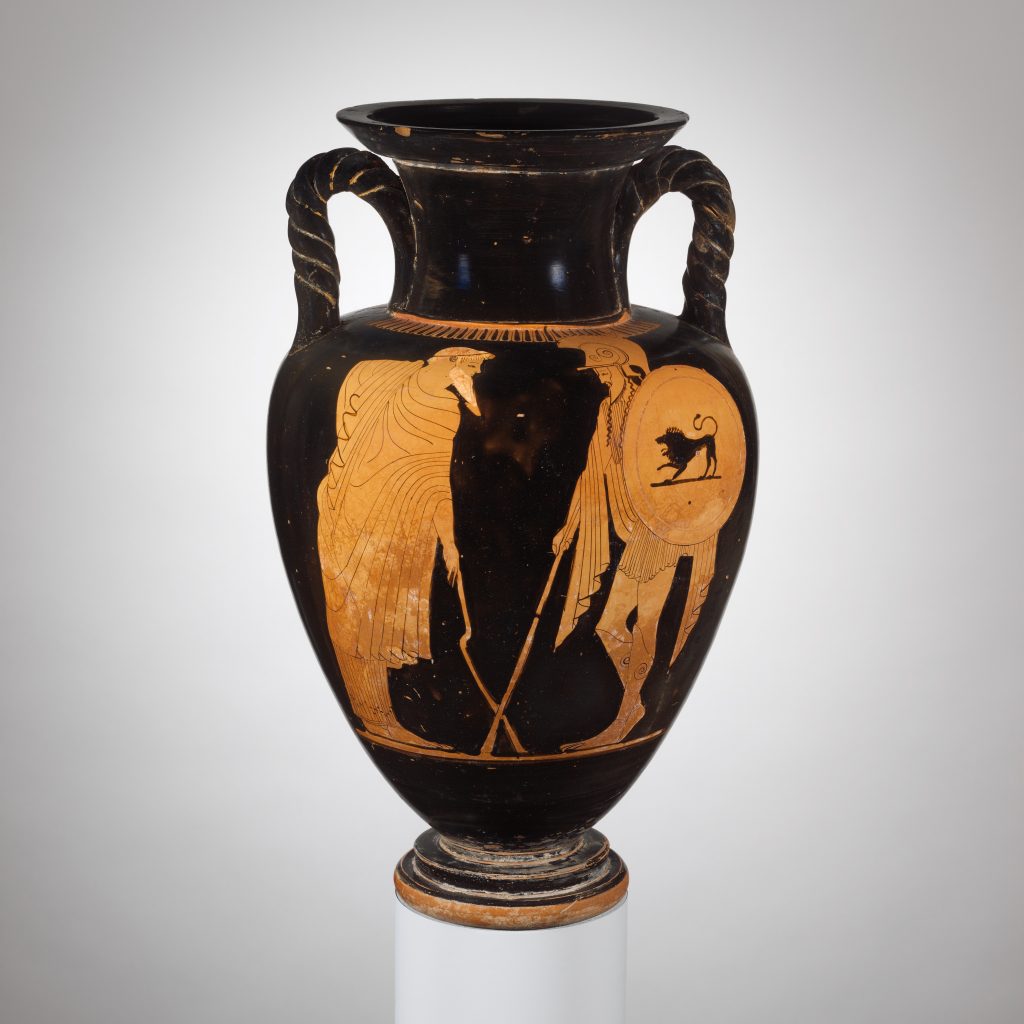Art World
Ancient Greeks Installed Ramps on Temples to Improve Access for Disabled People, New Research Suggests
Temples of healing are more likely to have ramps, suggesting they were built to accommodate disabled Greeks.

Temples of healing are more likely to have ramps, suggesting they were built to accommodate disabled Greeks.

Sarah Cascone

Ancient Greeks were ahead of the curve in a lot of ways—including, it seems, issues of accessibility. A new archaeological study has found that stone ramps on some ancient buildings were likely built with the disabled in mind.
Studying a variety of temples, primarily from the 4th century AD, Debby Sneed, a classics professor at California State University in Long Beach, found that the buildings that had the most ramps were typically temples of healing—places that the elderly and mobility impaired would have difficulty climbing the steep stairs for entry.
“Archaeologists have long known about ramps on ancient Greek temples, but have routinely ignored them in their discussions of Greek architecture,” said Sneed in a statement. “The likeliest reason why ancient Greek architects constructed ramps was to make sites accessible to mobility-impaired visitors.”
Earlier theories posited that ramps were used to lead animal sacrifices into the temple, or for carting heavy building materials during construction. Sneed allows that ramps could have had multiple uses, but points to the prevalence of ramps at temples dedicated to Asclepius, the Greek god of healing, as evidence to support her hypothesis.

Reconstruction of the Temple of Asclepius and the Thymele at Epidauros. Rendering ©2019 J. Goodinson; scientific advisor J. Svolos.
“There’s this assumption that there is no room in Greek society for people who weren’t able-bodied,” Sneed told Science.
But she argues that many ancient Greek skeletons show signs of arthritis, and painted figures on vases and sculptures often lean on canes or crutches. Even Hephaestus, one of the 12 Olympian gods, walked with a limp. And supplicants visiting ancient temples to Asclepius often left behind sculptures of legs and feet as an offering, in search of a cure for physical ailments on those parts of the body.

Attributed to the Matsch Painter, Terracotta neck-amphora (jar) with twisted handles depicting an old man leaning on a cane and a warrior (circa 480 BC). Photo courtesy of the Metropolitan Museum of Art.
At the Sanctuary of Asclepius at Epidauros, built in the 6th century BC, Sneed found that there were 11 stone ramps on nine structures. In comparison, the Sanctuary of Zeus at Olympia, another major temple complex of the period, had just two ramps.
“Healing sanctuaries specifically attracted people with permanent and temporary disabilities, prolonged illnesses, and other conditions of the body or mind,” Sneed told Gizmodo. “As such, they built these spaces so that they were accessible to and usable by the people they were specifically built to serve.”
Sneed’s findings, published in the journal Antiquity on Tuesday, are the earliest evidence of a society adapting its architecture to assist disabled people, dating back as far as 2,300 years ago. The paper compares the ancient Greeks’ apparent willingness to accommodate physical disability to the American Disabilities Act of 1990.
“Even without a framework of civil rights as we understand them today,” Sneed said in a statement, “the builders of these sites made architectural choices that enabled individuals with impaired mobility to access these spaces.”